Overview
Naltrexone is a medication primarily recognized for its role in the management of alcohol dependence and opioid addiction. It is classified as an opioid antagonist and functions by attenuating the euphoric or sedative effects of these substances, thereby assisting individuals in reducing or abstaining from alcohol or opioid use.
Mechanism of Action
Opioid antagonists such as Naltrexone work by binding to the same receptors in the brain as opioids, effectively blocking their effects. This includes preventing the release of dopamine, a neurotransmitter associated with pleasure and reward, which is typically stimulated by alcohol and opioids. Consequently, Naltrexone helps to lessen cravings and prevent relapse in individuals recovering from addiction.
Indications and Usage
Naltrexone is indicated for use in patients as part of a comprehensive treatment program for alcohol dependence, as well as for the prevention of relapse to opioid dependence, following opioid detoxification. It is important to note that Naltrexone should only be used for patients who have fulfilled the requisite detoxification process and are no longer physically dependent on opioids.
Dosage and Administration
The recommended initial dose of Naltrexone is a single daily dose of 50 mg. In some cases, alternative dosing schedules such as three times a week administration may be recommended based on the specific needs of the patient. It is essential that Naltrexone be part of a holistic treatment plan that includes additional forms of support, such as counseling or group therapy.
Contraindications
Patients who are currently using or dependent on opioids, including those in acute withdrawal, should not use Naltrexone. Severe reactions, including precipitation of withdrawal symptoms, can occur. Furthermore, individuals with acute hepatitis or liver failure are contraindicated for Naltrexone therapy due to its potential hepatotoxic effects.
Warnings and Precautions
Caution is advised when administering Naltrexone to individuals with pre-existing liver conditions, as the drug has the potential to cause liver enzyme elevations and, in rare cases, more severe liver injury. Patients should be closely monitored for symptoms of depression or suicidal ideation, as Naltrexone has been associated with mood changes. Additionally, the medication should be used with caution in those with a history of bleeding disorders due to the risk of hemorrhagic events.
Adverse Reactions
Common adverse reactions reported include nausea, headache, dizziness, fatigue, and insomnia. Some may also experience anxiety, nervousness, or abdominal pain. In more rare instances, Naltrexone has been associated with more serious effects like severe liver damage, pneumonitis, or depression.
Drug Interactions
Naltrexone may interact with other drugs such as disulfiram or medications that contain opioids, potentially leading to unpredicted effects. Caution should be exercised when it is prescribed alongside medicines that have a risk of liver damage. Always consult a healthcare provider for a detailed assessment of possible drug interactions.
Use in Specific Populations
There is limited data on the safety and efficacy of Naltrexone in pediatric patients and its use is typically not recommended for this group. In pregnant women, Naltrexone should be used only if the potential benefits justify the potential risk to the fetus. For nursing mothers, caution is advised since it is not known if Naltrexone passes into breast milk.
Overdosage
In the occurrence of Naltrexone overdose, symptoms may include nausea, vomiting, dizziness, or more severe consequences such as coma or acute opioid withdrawal in opioid-dependent individuals. Management of overdose should include immediate medical attention and supportive measures to counteract potential consequences.
How Supplied/Storage and Handling
Naltrexone is typically supplied in tablet form, to be stored at controlled room temperature away from moisture and heat. It should be kept in a secure place out of the reach of children and disposed of appropriately when no longer needed.
Patient Counseling Information
Healthcare providers should instruct patients on the correct use of Naltrexone, emphasizing the importance of adhering to prescribed doses. Patients should also be informed about the potential adverse reactions and the necessity of immediate medical attention if severe symptoms occur. It is crucial for patients to recognize that they should not use opioids while on Naltrexone, as the drug will block the effects and could precipitate withdrawal symptoms if opioid use is suddenly resumed.

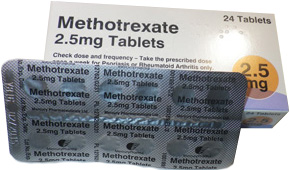
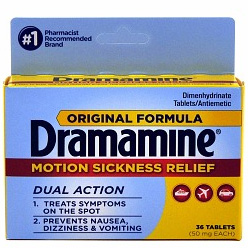
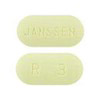
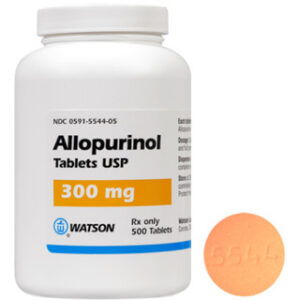
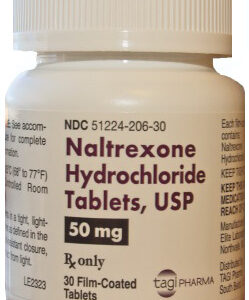
Reviews
There are no reviews yet.